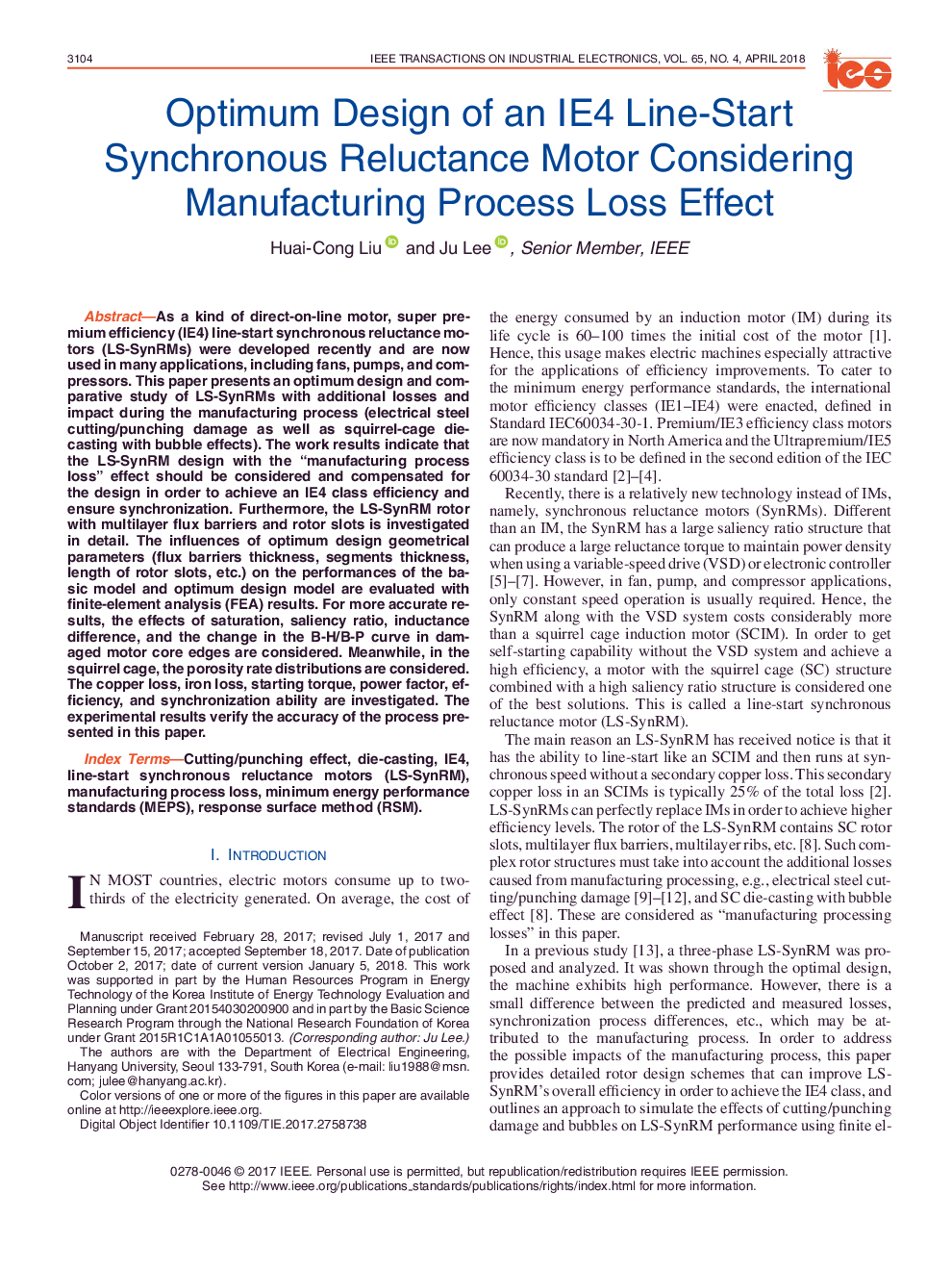| Article ID | Journal | Published Year | Pages | File Type |
|---|---|---|---|---|
| 5787505 | Engineering Geology | 2017 | 11 Pages |
Abstract
This paper, consisting of full-scale pullout tests and theoretical analyses, focuses on the behavior of ground anchors under ultimate load conditions. Three ground anchors with a bonded length of 4Â m were built in slightly weathered limestone and tested until their ultimate load capacities were passed. The test data indicated that two of the anchors performed well with the ultimate load capacities being nearly 3 times of the design values. The remaining anchor performed below expectation, which was diagnosed of poor grouting. Furthermore, an analytical framework was developed considering the elastoplastic stress-strain relationship at the anchor-rock interface. The developed model revealed that the bond stress was not uniform along the entire bonded length when the ultimate state was reached; instead, the bonded length was composed of plastic and elastic zones. The length of elastic zone was not significantly influenced by the increased load, while the plastic zone extended with the increase of the load. The average ultimate bond stress over the entire bonded length was a function of anchor diameters and bonded length. Thus, current recommended presumptive ultimate bond stresses should be used with caution if the anchor is very short (<Â 4Â m) or very long (>Â 12Â m).
Related Topics
Physical Sciences and Engineering
Earth and Planetary Sciences
Geotechnical Engineering and Engineering Geology
Authors
Xiaoming Liu, Junqi Wang, Jie Huang, Hongwei Jiang,
